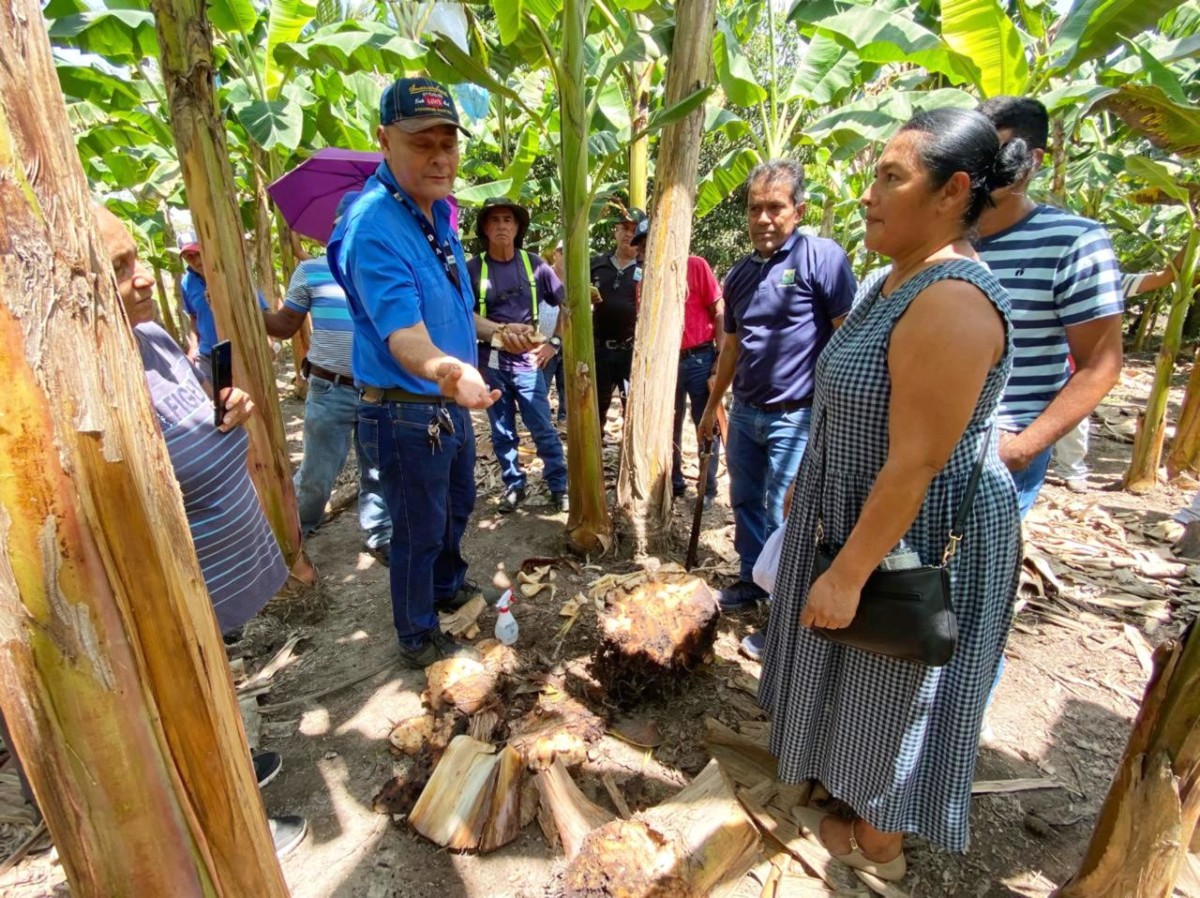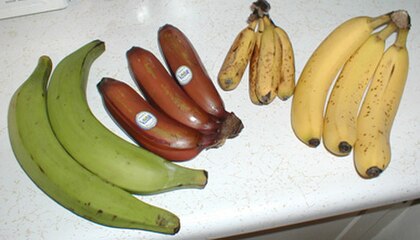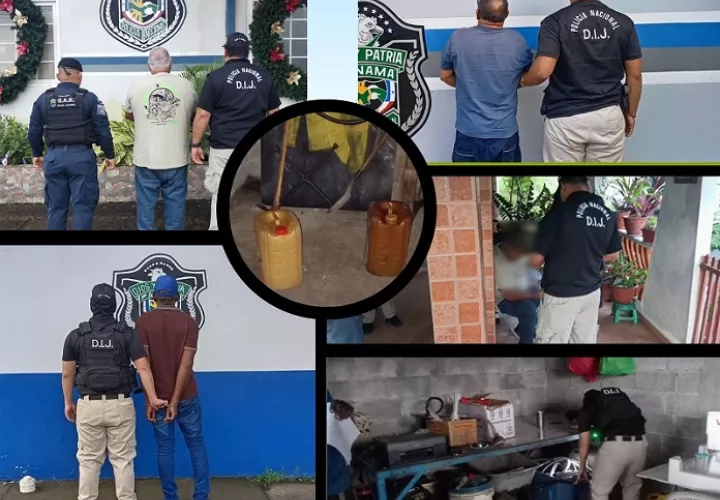Mida Issues Recommendations for New Banana Planting in Panama
The new 2025-2026 agricultural cycle in Panama is about to begin, and producers across the country are preparing by evaluating variables that will ensure food security.

During an outreach activity, technicians from MIDA, the Progreso agency in Barú, Chiriquí, guided farmers on what they should do to establish plantain crops, one of the main crops in this area of western Panama, bordering Costa Rica. Víctor Correa pictured above, leader of the plantain crop in Chiriquí, explained that, to obtain healthy plots, free of pests and diseases, they must be properly managed, since their yield, that is, a well-developed fruit with more than 35 units (fingers) of good weight per bunch, will depend on it to a large extent. To this end, MIDA provides ongoing technical assistance and field training with demonstration plots, demonstrating the performance of different plantain varieties, including dwarf curare and pink horn plantains.

Eliminating old plots and using treated seeds free of fungi, bacteria, or insect pests in new plantations is another recommendation that MIDA makes to farmers at the time of planting, including an adequate drainage system, fertilization, and a phytosanitary control program. Barú continues to be one of the main plantain-producing areas in the country, with approximately two thousand hectares under cultivation and approximately 650 producers. The communities of Majagual, Baco, San Valentín, and Los Olivos are among the largest producers. MIDA is the Ministry of Agricultural Development.





